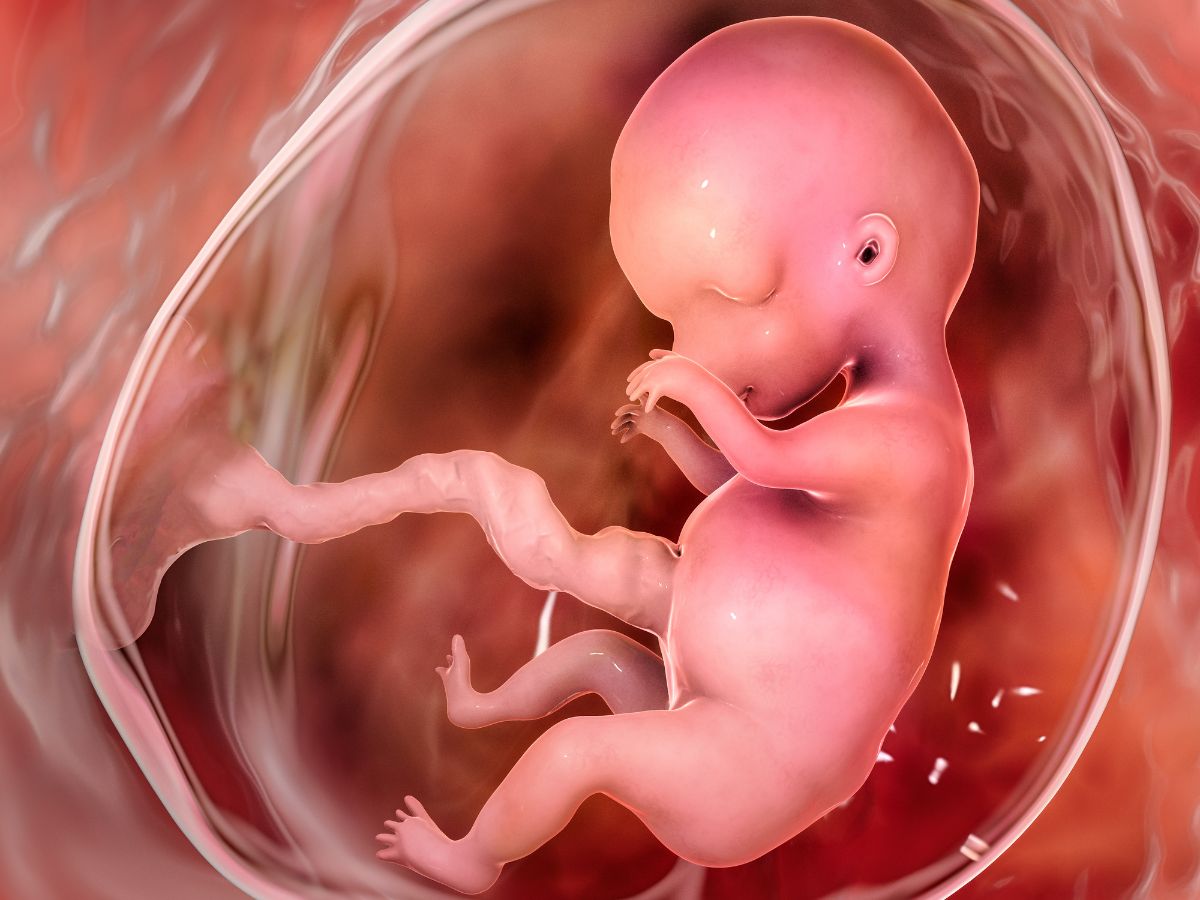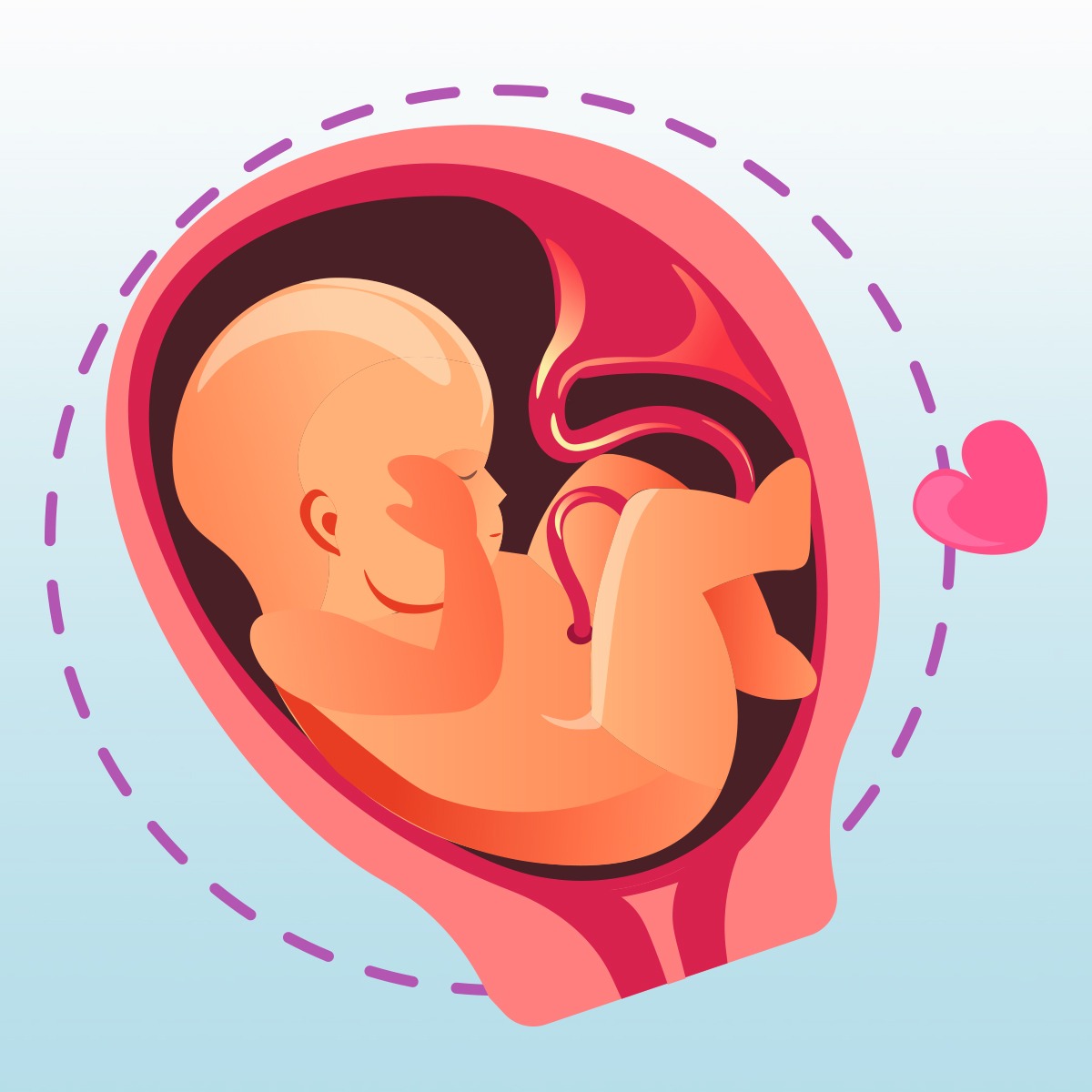Share This Article
The umbilical cord, a lifeline that connects a mother and her developing baby, is an important part of pregnancy. While it functions without issue, complications can arise, posing risks to both mother and child. In this article, we delve into the complexities of umbilical cord complications. We will discuss their types, causes, potential consequences, and strategies for management.
The umbilical cord is the lifeline between a mother and her unborn child, but it is not immune to complications that can jeopardize this crucial connection. Umbilical cord issues, such as entanglement, knots, and abnormalities in length or insertion, can have severe implications for fetal development and well-being. These conditions can disrupt the flow of oxygen and nutrients, potentially leading to growth restrictions or distress for the baby. The management of such complications demands determined obstetric attention to ensure the safety of the fetus throughout pregnancy and the promotion of a healthy delivery. Understanding these umbilical cord complications is essential for expecting parents and doctors alike, as early detection and intervention can be key to favourable outcomes.
1. The Umbilical Cord: A Lifeline of Life
a. Structure and Function
The umbilical cord comprises two arteries and one vein encased in a protective jelly-like substance, Wharton’s jelly. It serves as the pathway for essential nutrients, oxygen, and waste removal between mother and fetus.
b. Development

The umbilical cord forms during early pregnancy and reaches about 22-24 inches, ensuring a constant flow of essential substances to support the developing fetus.
2. Types of Umbilical Cord Complications
a. True Knots
A true knot occurs when the fetus inadvertently forms a knot in the umbilical cord. While rare, it can compress the cord, potentially reducing blood flow.
b. Nuchal Cord

A nuchal cord happens when the cord wraps around the baby’s neck. This condition can lead to complications, especially if it becomes too tight.
3. Causes and Risk Factors
a. Prenatal Factors
Maternal risk factors such as multiple pregnancies, excessive amniotic fluid, or an abnormally long cord can increase the likelihood of cord complications.
b. Fetal Movements

Active fetuses may inadvertently create knots or nuchal cords due to their movements in the womb, although this is relatively uncommon.
4. Potential Consequences
a. Reduced Blood Flow
Umbilical cord complications can restrict blood flow, potentially leading to fetal oxygen deprivation, growth restriction, and other complications.
b. Emergency Situations

In severe cases, cord complications can result in emergencies, necessitating swift medical intervention to ensure the well-being of both the baby and the mother.
5. Diagnosis and Monitoring
a. Prenatal Screening
Routine prenatal ultrasounds can detect many cord issues, allowing doctors to monitor and address them proactively.
b. Continuous Monitoring

In high-risk cases, continuous fetal monitoring during labor provides real-time data on the baby’s condition, enabling quick responses to complications.
6. Umbilical Cord Complications: Management
a. Expectant Management
For mild cases, doctors may adopt a watchful waiting approach, closely monitoring the situation to determine if intervention is necessary.
b. Cesarean Section

In critical situations, an emergency cesarean section may be performed to safeguard the baby’s health. This can be the most effective way to address severe cord complications.
7. Preparing for a Safe Delivery
a. Communication
Open and clear communication between the medical team and the parents is essential to making informed decisions during labor and delivery.
b. Birth Plans

Expectant parents should discuss their birth plan with their doctor, taking into consideration any known cord complications and the best approach for safe delivery.
Umbilical cord complications, while relatively rare, can pose significant risks during pregnancy and labor. Understanding the types, causes, and potential consequences of these issues is crucial for expectant parents and doctors alike. Early diagnosis, continuous monitoring, and proactive management ensure a safe and healthy delivery. By informing themselves and preparing, parents can navigate the challenges of umbilical cord complications and make decisions for the well-being of both mother and child.

